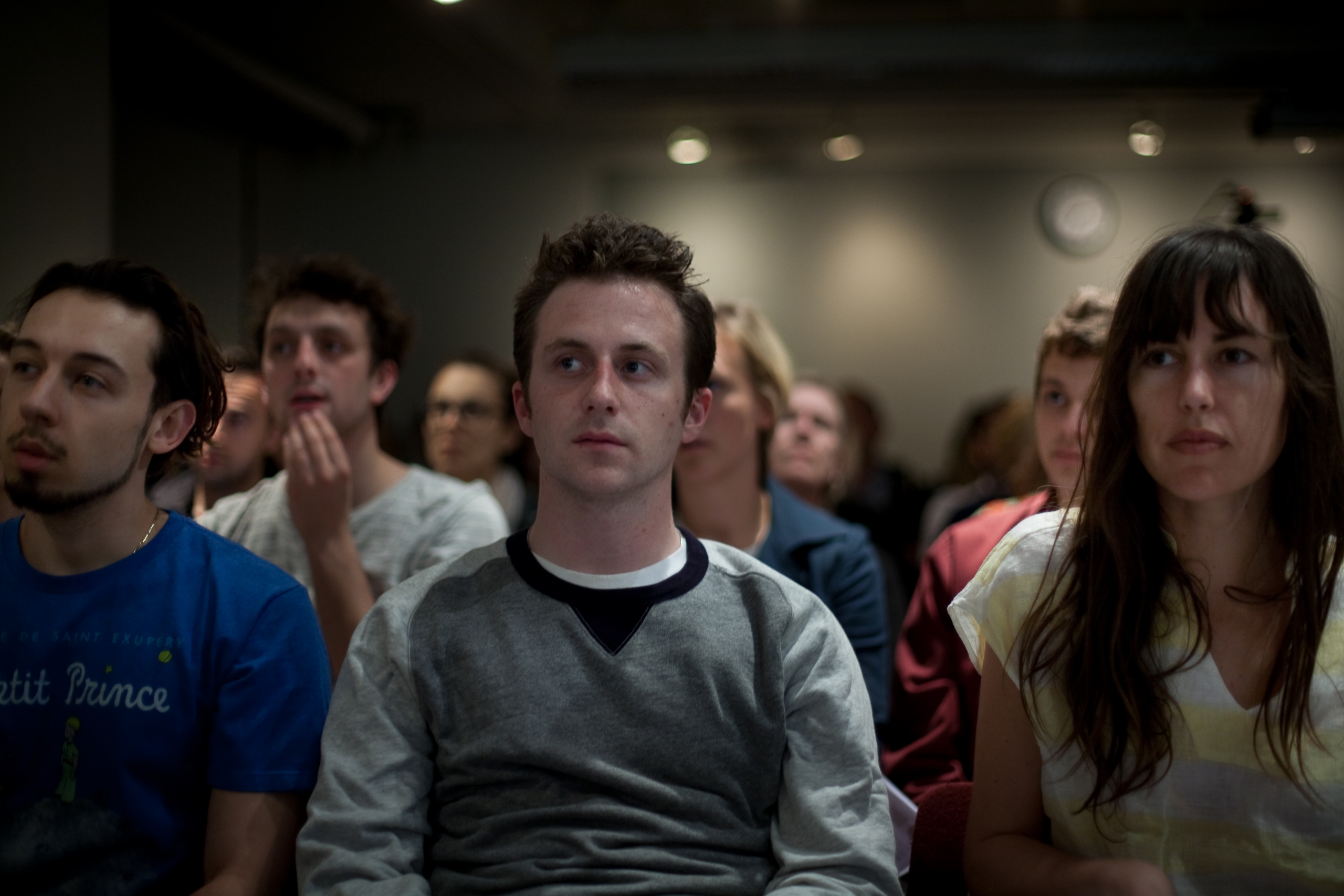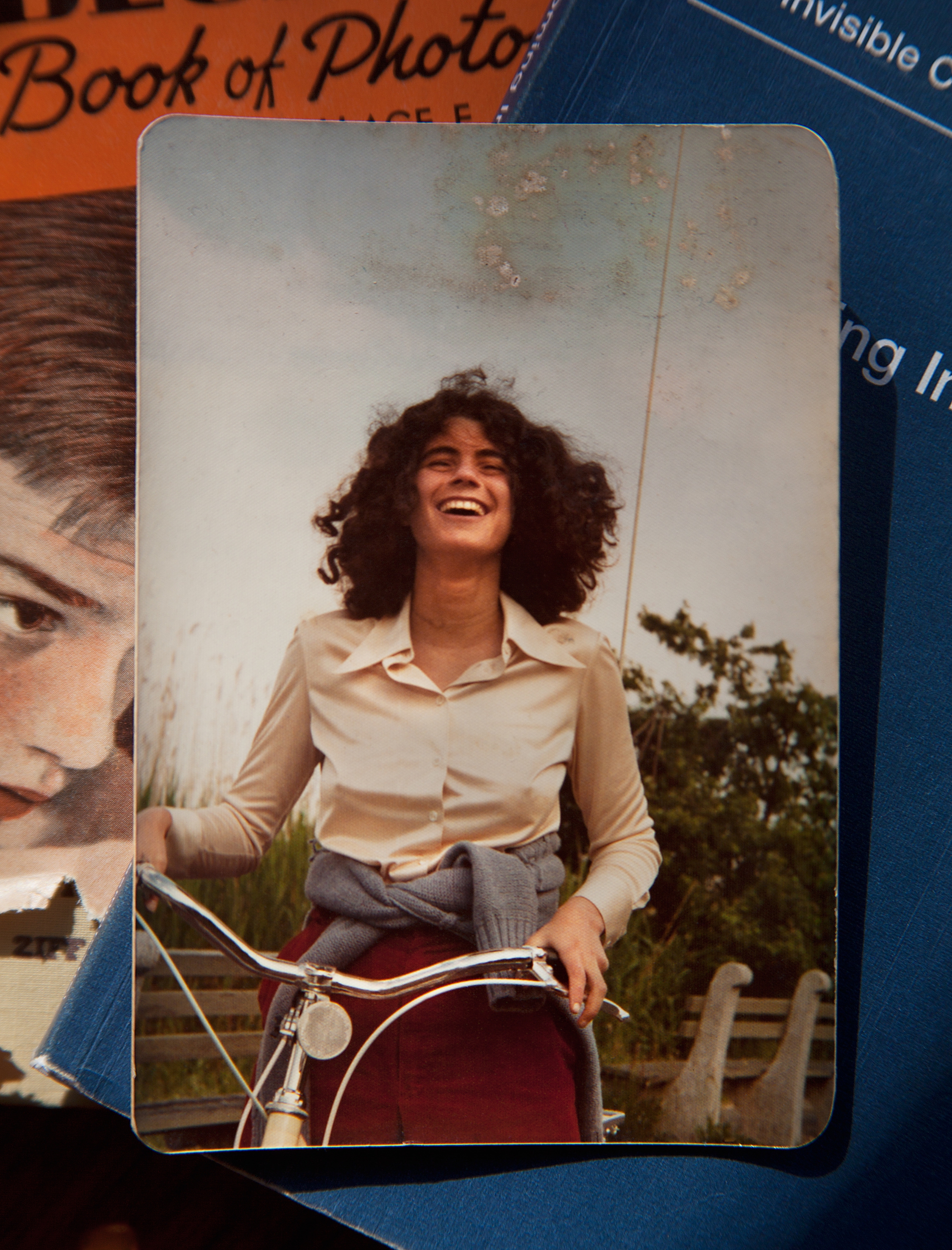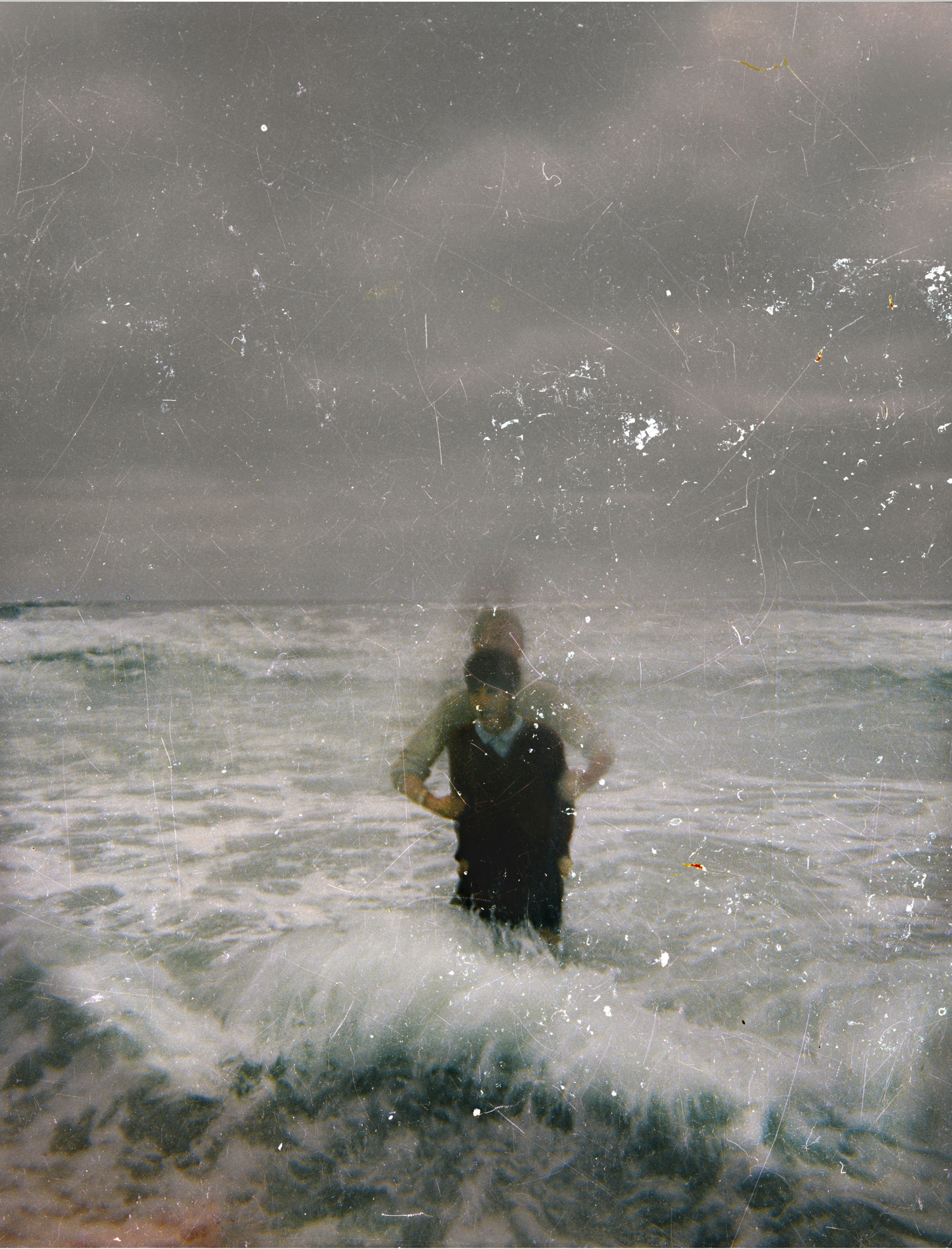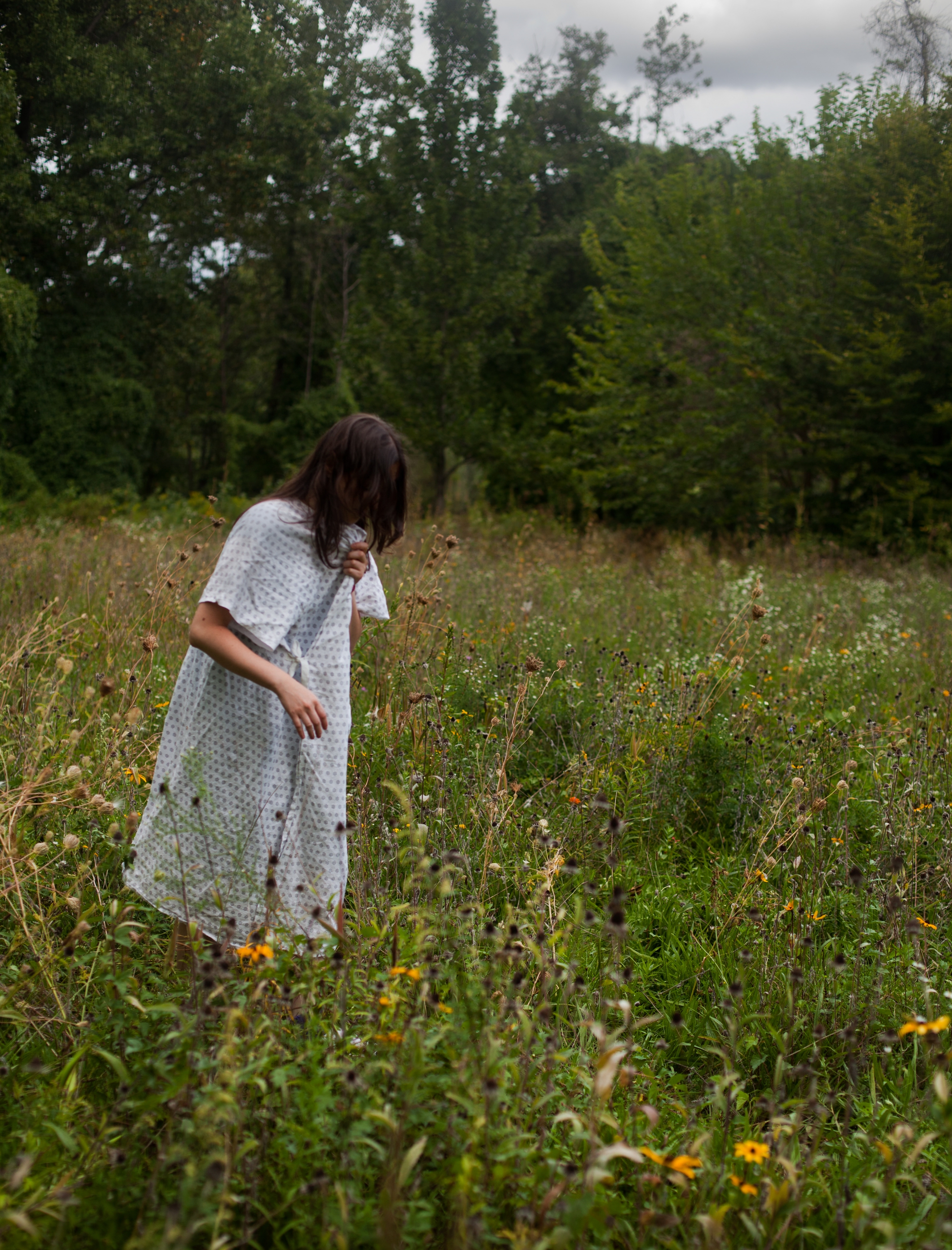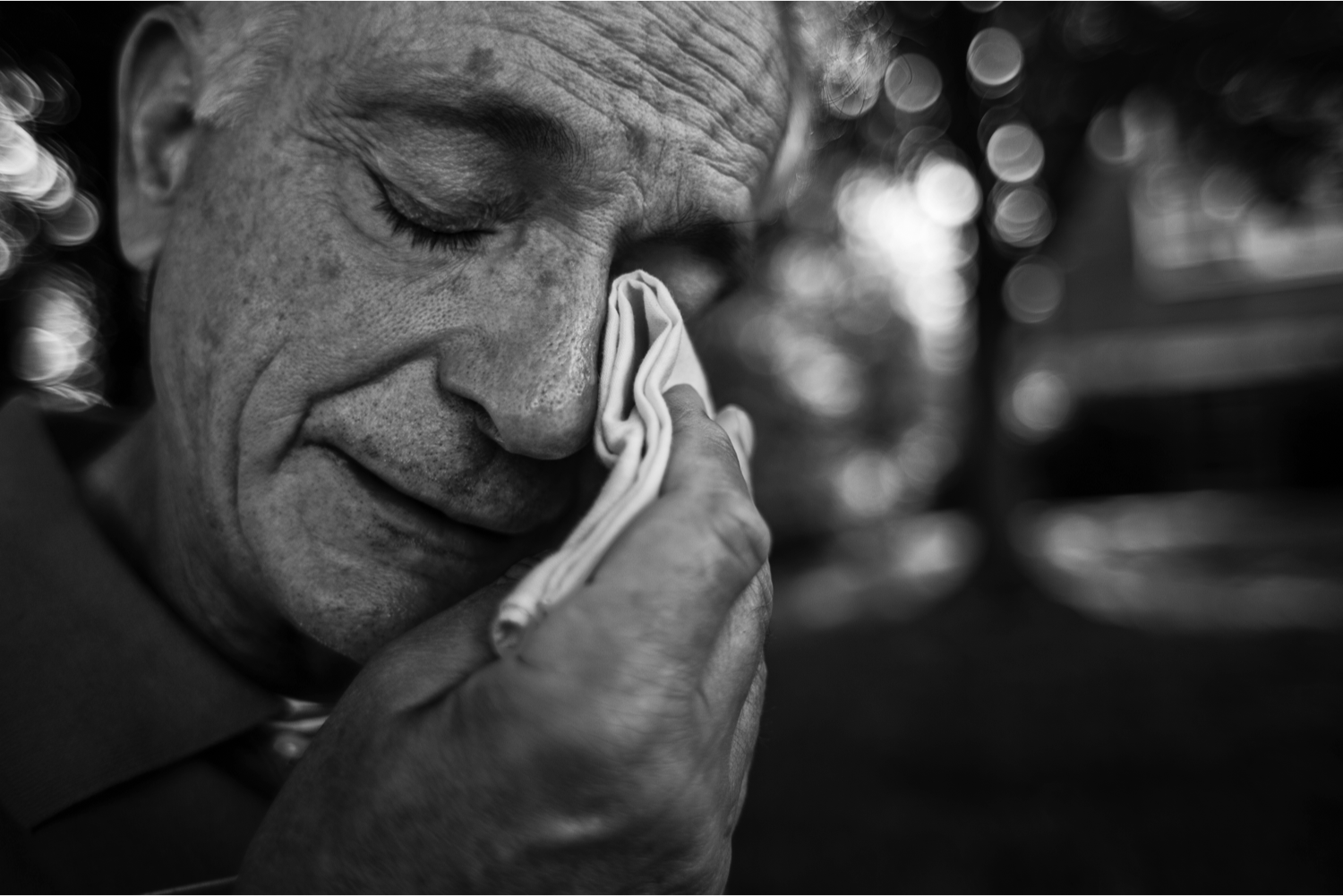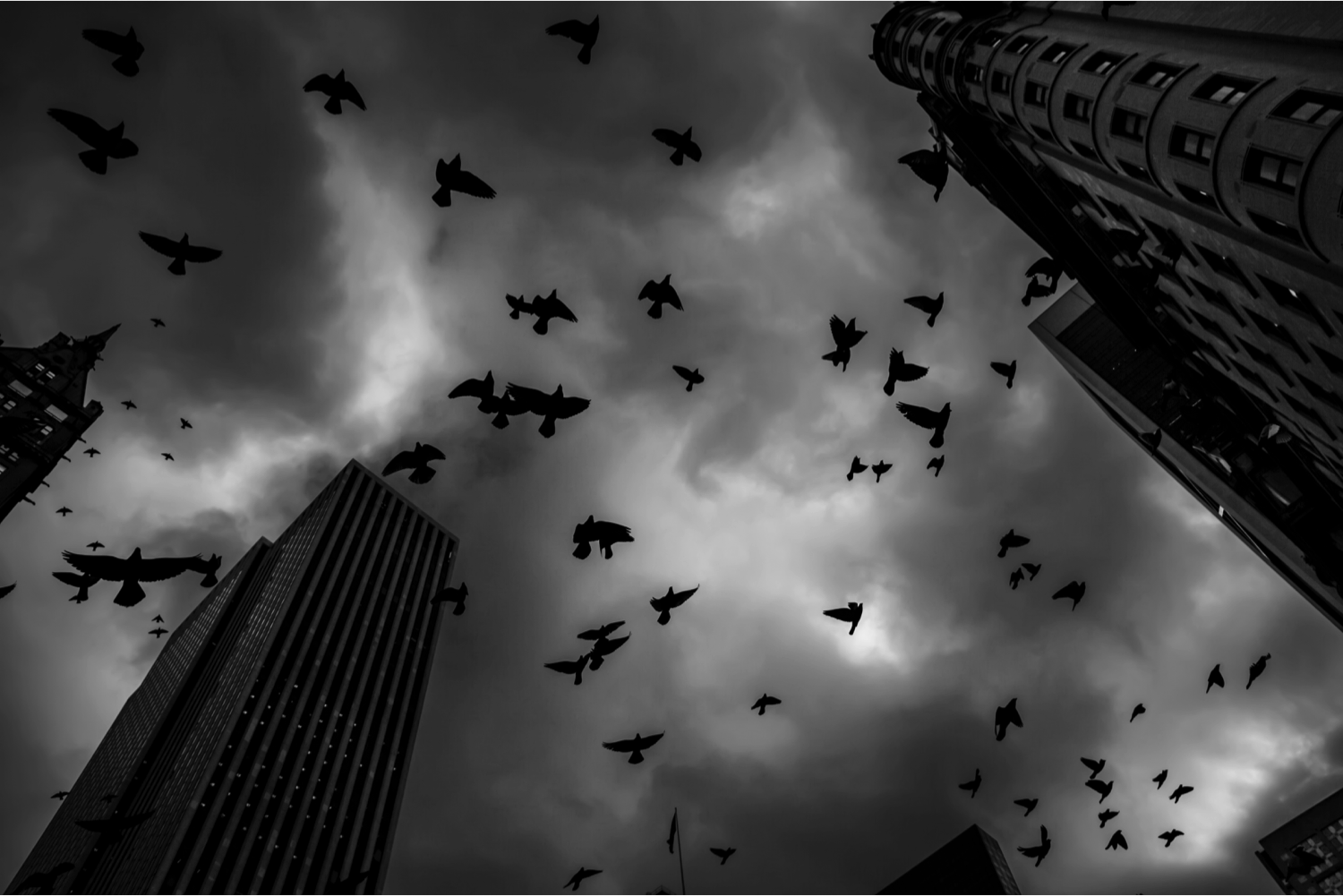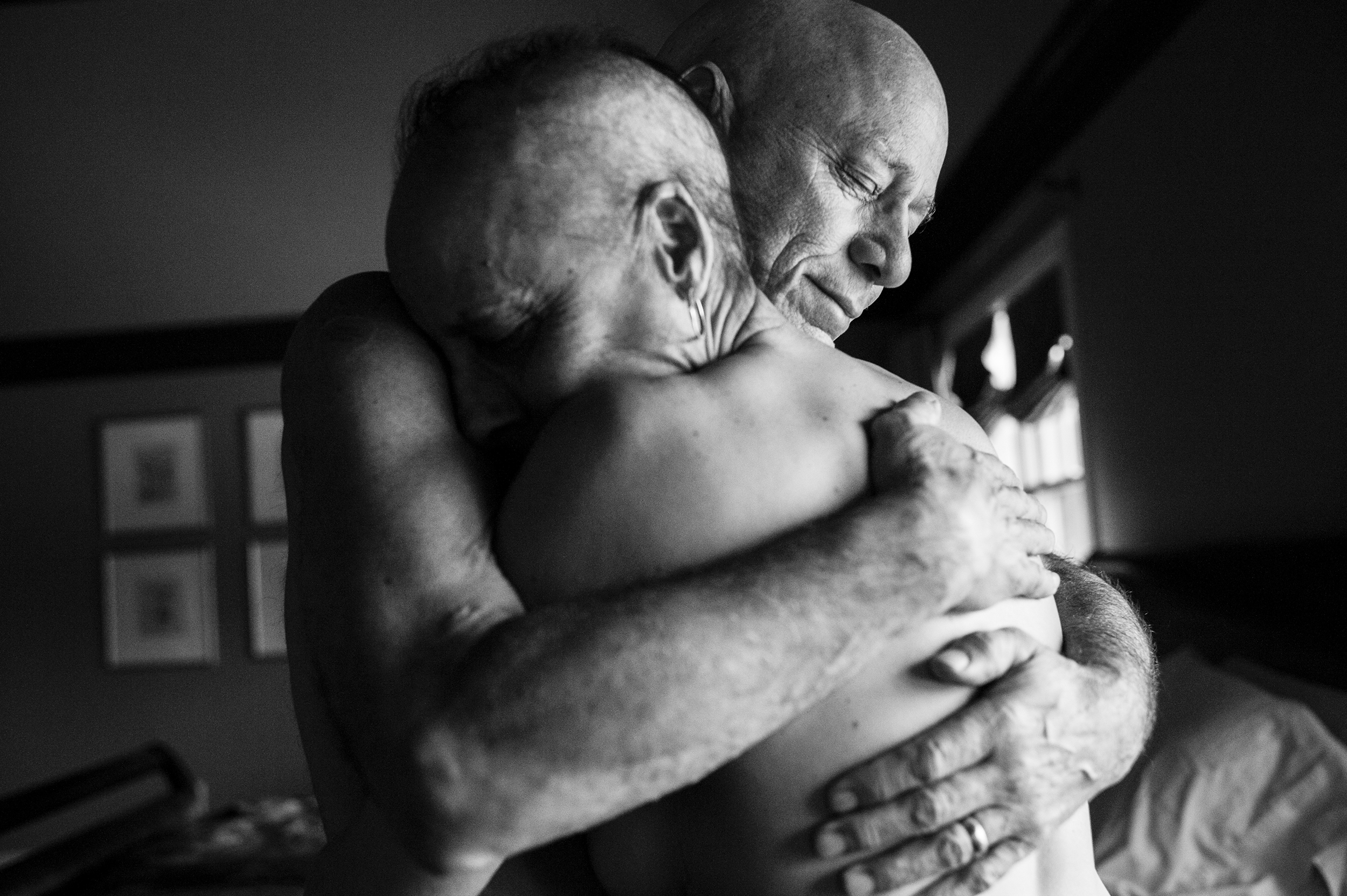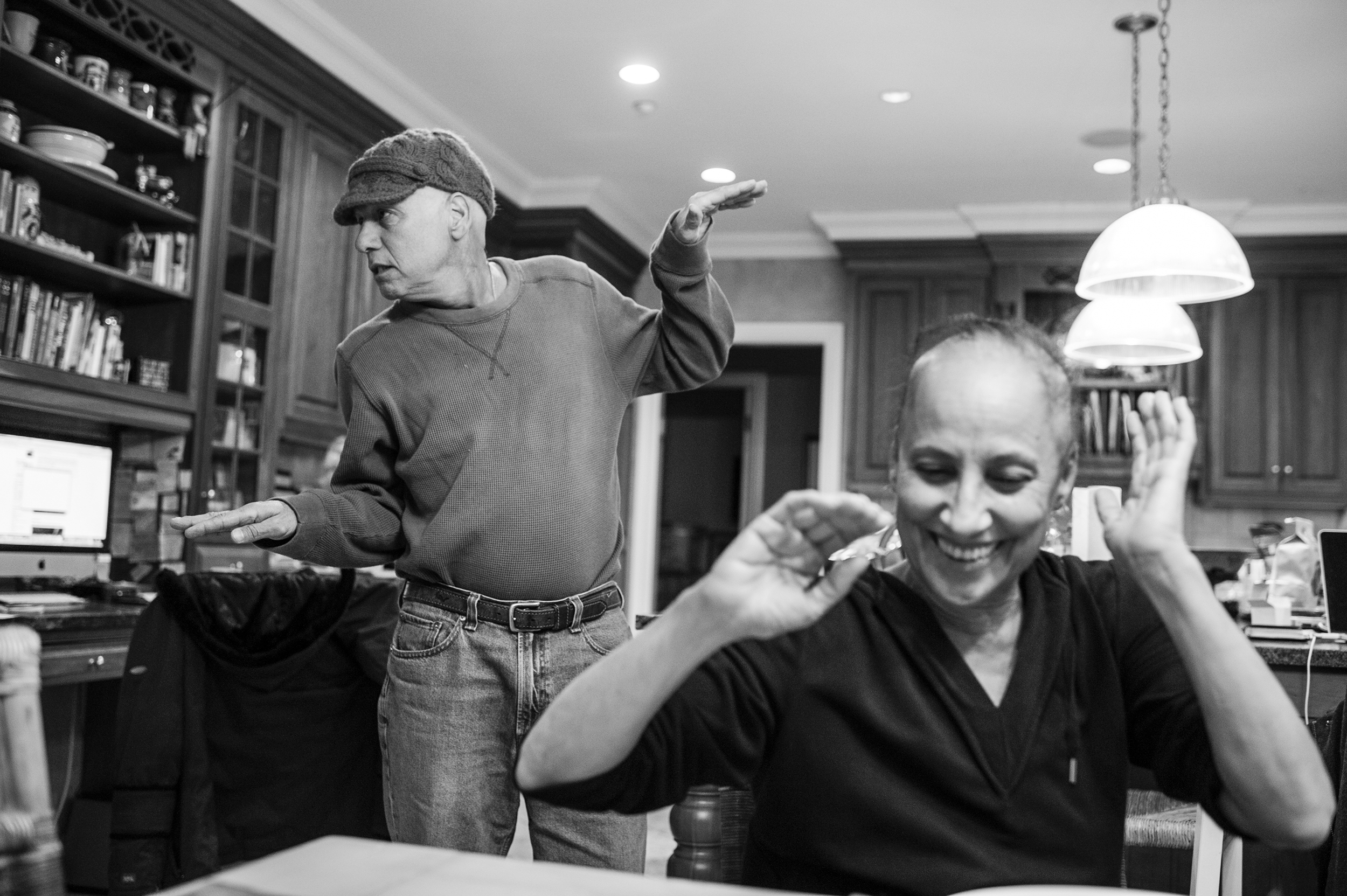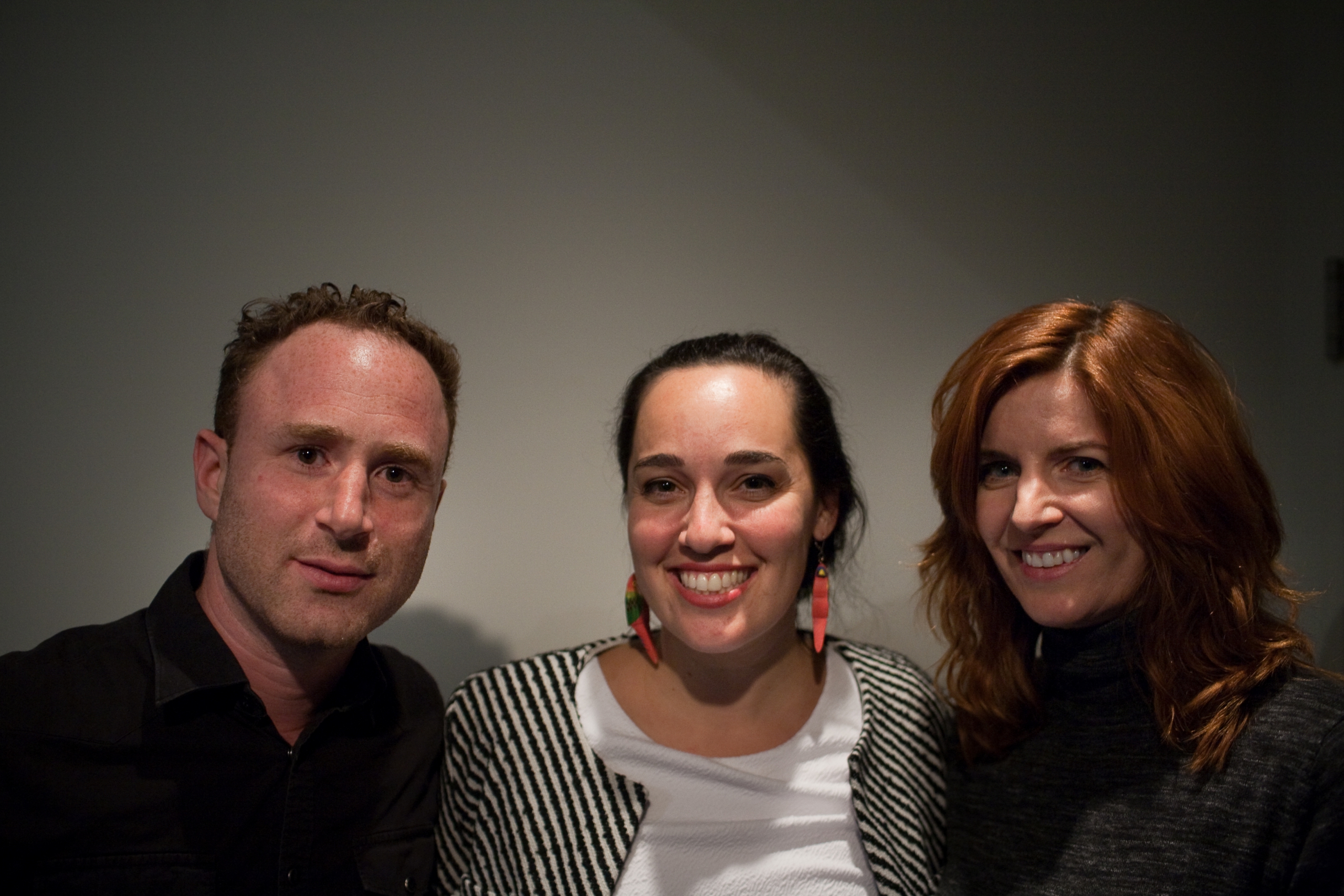Photographing Intimacy
It is through family albums, diaries, travelogues, or even self-portraits that photographers document their personal experiences and deliver their emotions. To photograph one’s intimate space is a singular task which may be considered more approachable than documenting any other subject. However, this would be ignoring the fact that in the practice of documenting one’s immediate surroundings, the photographer loses the distance they would otherwise maintain and often confronts extreme emotions. Here lies the challenge: knowing how to gauge our own or our loved ones’ involvement, evaluating what we can or cannot show, and what others will find moving or shocking. This type of photography has a melancholy, even romantic, dimension and inevitably draws on one of the primary qualities of this medium: memory.
Often raw and impassioned, photography of the intimate constitutes a major current in photography today, and is among the most expressive: adopted by artists, it is a democratic practice used by amateurs. There are photographers who turned intimacy into their trademark: Nan Goldin, Robert Mapplethorpe, Emmet Gowin, Francesca Woodman, Carrie Mae Weems, Sally Mann, Alessandra Sanguinetti, and many others. As ICP Associate Curator Pauline Vermare wrote in an essay in Camera magazine:
“For some, photographing intimate subjects is a life instinct, for others it is more of a death wish. It is the ‘psychoanalyst’s couch,’ as Henri Cartier-Bresson once suggested, and there have been photographers who have used it as an outlet for staging their fantasies or their deadliest addictions. It is in family albums, tinged, as they are, with tenderness and the melancholy of passing time that intimacy is revealed to the full. Jacques Henri Lartigue was the first photographer to make himself and his family the subject of his life’s work. His family-portrait in bed (1925) is a magnificent example of the genre. Larry Clark reveals the same obsession in Tulsa (1971) and Teenage Lust (1983). In his case, his work recounts dysfunction in the family and in society, but it is not that far removed from the major current of that period. The revolution was in the subject and in the role of the photographer, who was no longer merely the storyteller but also actor and director of their own reality-fiction.”
On April 20, 2016, the ICP organized a stimulating conference on the subject, with the participation of three young photographers specializing in the genre: Joshua Lutz, the author of the monographs Meadowlands (Powerhouse, 2008) and Hesitating Beauty (Shilt, 2013); Kerry Payne Stailey, the author of the series Left Behind and The Children (I Never Had); and Nancy Borowick, a humanist photographer, one of whose latest projects, entitled Cancer Family, documents her parents’ battle with the disease. The auditorium was full, and the audience had the opportunity to experience the captivating effect of those dramatic photographs and presentations, and, as often happens with intimacy, found themselves under its spell.

Joshua Lutz was the first to take the floor; he shared the story of his schizophrenic mother and talked about the strain this disease put on their relationship. As he explained, his project was a way of understanding what his mother was going through, of confronting medical rationality and trying to challenge the stereotypes. At first glance, there is a gentleness about his photographs, but it only disguises the reality of violent emotions that Joshua Lutz hinted at in his presentation:
“When I was young, I had the sense that something was wrong with my mother,” he began. “She was diagnosed with schizophrenia, bipolar, borderline personality and so on. At some point, several persons were always trying to put their ideas to what they felt my mother’s illness was [sic], to give them a better understanding of what it was she was going through. To me, none of that never really mattered. I just always saw my mother as sick or crazy, but as I loved her very much, I wanted to understand in another way than the medical one. My project made me experience my relationship to my mother and allowed me to let go of so much of the anger that I had towards her for many years. It also made me try to imagine this other life she’s trapped in.
I tried to be with my mum without judging her, perhaps to let go the fear that was in front of me and to try to get her to let go of her own fear. I came to believe that through her insanity, she was probably able to glimpse into a certain reality of this world, a confusion that is not understandable from others. Perhaps she had a better understanding of everything than I ever will. So much of this work is, for me, about questioning the nature of sanity itself. Be at my own sanity. Her sanity. Who is to say what is and what isn’t sane.”
Hesitating Beauty is composed of rather formal photographs, seldom dramatic, and archival images featuring Lutz’s mother. It is an intimate form of photography that stands in contrast to the habitual brutality of other photographs of this type.
“At some point, I started to combine ideas of fiction, fantasy elements, imagining different scenarios that my mum may potentially be in,” he explained. “Materials also included family archives. I thought of why I was looking at these pictures. I ultimately looked for some clues as to when this situation started to go bad. This process was really about going back and forth between the past and this present which was quite painful to witness.”


Lutz pointed out the shortcuts the press takes when treating this type of subject, sometimes neglecting to preserve the dignity of the protagonists in its quest for an audience. This observation becomes, for the photographer, a source of reflection:
“There was this project in the New York Times,” he recalled. “It said ‘pictures of mental illness.’ And I remember thinking: these aren’t pictures of mental illness; these are pictures of people with mental illness. So I became very interested in what it feels like rather than it looks like, and thought: How do you, in photography, capture someone else’s reality?”


Lutz also described the necessity of concentrating not just on intimate photographic works, but also asking whether they maintain a certain gravity without being depressive. All the photographers participating in this round table shared this attitude.
“I think it is really important to be involved in multiple projects as we build our artistic practice,” Lutz pointed out. “Especially when you’re working on something intimate, because you can’t put yourself in these emotional situations every day.”
Kerry Payne Stailey, for whom intimate visual storytelling is a way of foregrounding the potent alchemy between pain, scarring, and utility, is an Australian photographer. She came to photography after having had a life as an entrepreneur, namely as the head of a marketing strategy consulting company, and leading what she called a “a chic life.” Although photography has been close to her heart from a very young age, it wasn’t until the early 2000s that she tried to make a go of it as an artist. Her ambition was cut brutally short by her father’s suicide in June of 2001, which plunged her into self-doubt, but a few years later inspired her to turn the tragic event into the subject of her first photographic series. Left Behind deals with the loved ones of people who committed suicide, and is composed of black-and-white photographs — faces, objects, places — as well as of short films with poignant testimonies.

“It’s a story that was mine and that I told through the ones of other people,” she confessed. “My photography and video work are pretty rough. I was at the early stages of visual storytelling. But I think people should not be afraid to tell a story if they have one, no matter the quality of a body of work, even if it’s a very simple form. It doesn’t mean it’s not going to be received very well. Now I’m working on another project called ‘And we were here,’ which focuses on who the people were as opposed to how they died.”
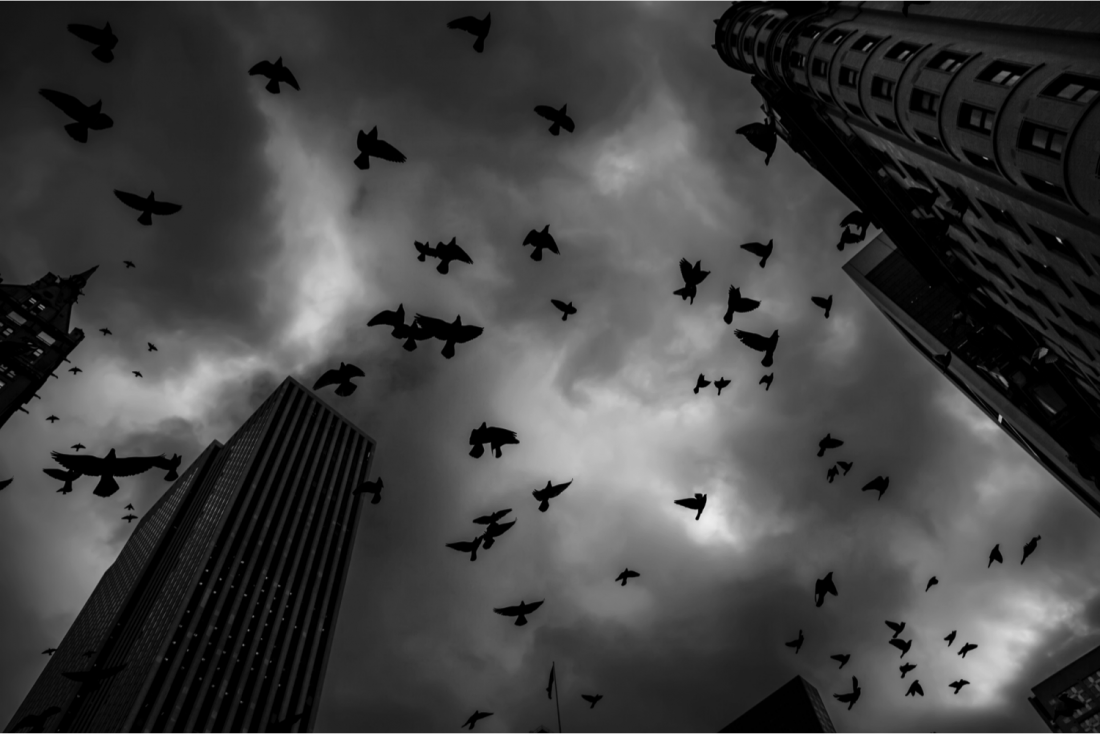
The Children (I Never Had) is a wonderful project devoted to infertility. With subtlety and artfulness, Kerry Payne Stailey has juxtaposed photographs of children and those representing her menstruations in various forms: traces of blood in the bathroom or on her body, tampons, and above all abstract compositions of blood in water. Poetic diptychs of square images — the photographer is also an Instagram enthusiast — with red tones dominating, and each prefaced by a touching poem on the female condition.
“After four years working on Left Behind, interviewing people that lived the same experience than me, I fell into depression,” she said. “But luckily I soon met my husband and felt in love. Which led to another project. We were trying to start a family but it wasn’t happening because of my infertility. Each month, when my menstrual cycle would come, it would be like devastation. I never wanted a child before until I met this man and then all I wanted was having this child. So as a therapy, I would photograph my cycles. The Children (I Never Had) explores the bloody battle of infertility, of hopes and loss, played out by women everywhere in their fruitless quest to become mothers. Our year or reproductive discontent was poetic and ugly and bittersweet, so like the melancholy I carry for the babies I did not. These are the children I imagined would be ours, and the menstrual blood that defied us, every twenty-eight days.”
“In both of these projects, I found a beautiful alchemy that goes from hurting, to healing, to helping,” she added. “People supported me, such as photographer Duane Michals, who urged me to publish The Children (I Never Had). People mostly wrote to me saying thank you for putting voices on what they were experiencing but not able to speak about it to somebody else.”
Nancy Borowick has dedicated the last ten years of her life to working on stories related to the illness of her loved ones. She uses compassion, humility, and confidence as her tools to explore the lives of her subjects. Among the figures she worked on were her parents, both cancer patients, who died a year apart from each other from the complications of their disease. They are a subject of her project titled Cancer Family, a black-and-white series composed of ordinary scenes and familial moments, showing the trials and tribulations of the subjects, but above all their joys and a very tender atmosphere, which reinforces the impression of beatitude in the face of the seemingly inevitable.
“In 2012, my mother had already gone through breast cancer for twelve years and then my father announced me that he was in terminal stage of pancreas cancer as well,” she said. “My whole world came down. I wanted to go home and be with them, but didn’t know how to be with them. I was terrified. And I thought of photographing them to both understand what they were going through and get some sort of distance to what was happening. That’s what I did until they both died, my father in December 2014 and my mother in December 2015.”

Borowick insists that she went through this experience as a daughter as much as a photographer, and was able to smoothly transition between the two roles. She found that this way of documenting her story was a source of strength that helped her through the ordeal, allowing her to gain some perspective that others were unable to find and to develop a successful therapy against fatalism.
“Pretty quickly, they got used to me being there and photographing, and I would disappear in the background,” she recalled. “I really got to see them as individuals, see the love that they shared together, the struggles as well. Something most children don’t really share with their parents. Life continued and that’s what I photographed. There were situations where I found myself forgetting that they were my parents, for a moment I could subconsciously trick my mind. Being the daughter at the same time and the photographer was quite difficult though because they wanted mainly to be with me. I then realized that the story I was documenting was not necessarily about their disease but also about their love and our family. Some people told me that I didn’t have enough pictures of my parents in treatment, looking upset or in pain. There were all these moments but most of the time there were joy. With humor, they incredibly found lightness in heaviness.”
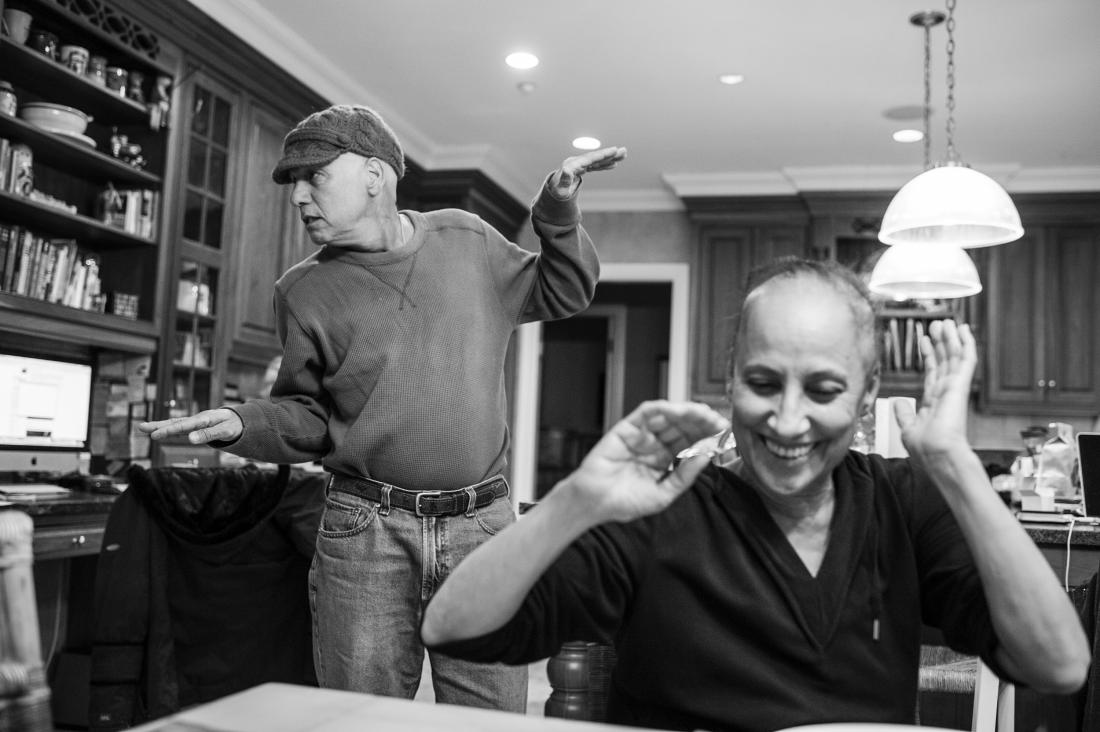
Above all, Borowick sees her photographic quest through the prism of the memory she will have of her parents. This, in turn, links back to the intrinsic properties of photography and its foundations. A memory in images is something that few people tend to create instinctively and which relates to her character as a visual storyteller. One could say it’s just a stroke of luck. It would be closer to the truth to say that it is a blend of compassion, talent, and generosity.
“I started this project mainly for me,” she added. “I didn’t expect it to be seen by anyone. I wanted to remember them, the essence of who they were. I am grateful that I have that. I also found that I needed to focus on something else, like joy, so I started to photograph dogs after this. When you work on an intimate project, you can’t help not commit to soul to it, because it’s your life or something you’re passionate about.”

If there is something touching, raw, and eminently real about personal photography — as exhibited by these projects — this is due to the fact that everyone can easily identify with the experience of photographers who adopt this way of telling stories. It has an aura of beauty and enigma, timelessness and intensity, which derives from the confidential exchange and which makes all the more sense at an age when the image has become an object of communication more than anything else. It comes as no surprise that intimacy has become one of the most popular modus operandi among photographers, whether they work in a familiar, peaceful environment or in situations of armed conflict. It is as if the lack of distance has become the buzzword in our visual conversation. It is as if we need, sometimes, to shock in order to elicit care. It is a problem that goes beyond the realm of aesthetics and which seems almost unresolvable. This notion, this visual evolution resonates on social networks, in the news, and more broadly in the public domain, as well as in our daily lives: opening onto others, even strangers, confiding in them, sometimes without restraint, and having the necessary expectation of reciprocity. It is a fact: people today communicate a lot, and image has a prominent role in this phenomenon.
Does it endanger our private lives or our integrity? Perhaps. It’s also an essential question in today’s visual world: should we show everything? On that note, we must remember that the most beautiful works of art almost always have a personal component, something that comes from the gut and often from the heart, since emotions know no boundaries. One of the greatest challenges of the contemporary photographer is undoubtedly being able to use emotions without slipping into sentimentalism; to understand what others may find touching and what will rub them the wrong way; to use moderation when needed; and, above all, to succumb without endangering the artist’s social function — fighting against indifference.
Jonas Cuénin is a writer, editor, and photographer based in New York. He is the editor-in-chief of the magazine Camera and a regular contributor to the photography magazines The Eye of Photography and Photograph.
